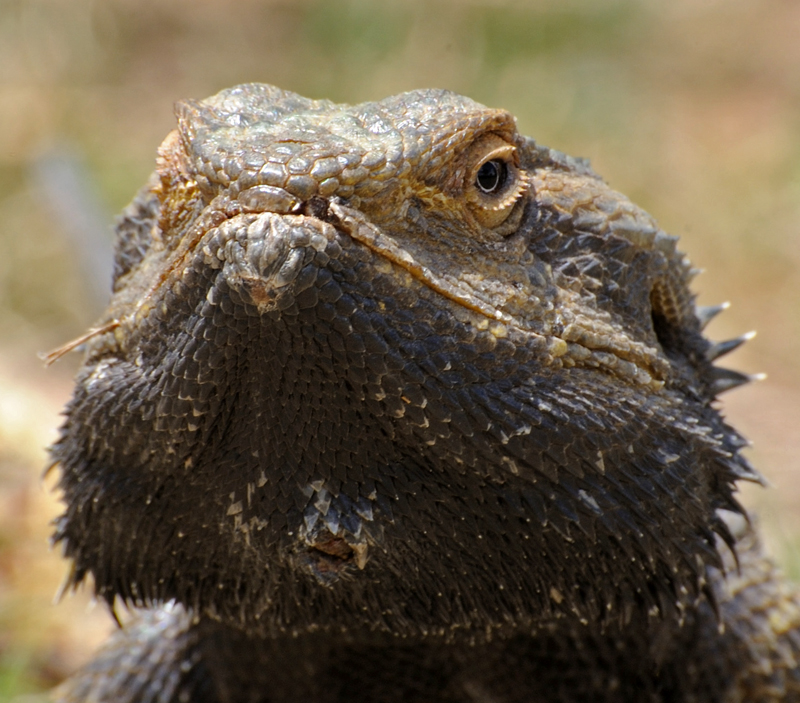Tail Rot in Bearded Dragons: Causes, Symptoms, and Treatment
Introduction
Bearded dragons are one of the most popular reptile pets, known for their docile nature and easy care requirements. However, like all pets, they can be prone to health concerns. One of the most common problems encountered with bearded dragons is tail rot, a condition that affects their tail and can be a significant health issue if left untreated.
What is Tail Rot?
Tail rot is a condition that affects the tail of a bearded dragon. It can be caused by a variety of factors, including poor husbandry, injury, bacterial or fungal infections, and parasites. In severe cases, the condition can spread beyond the tail and affect other areas of the body, leading to potentially life-threatening complications.
Causes of Tail Rot in Bearded Dragons
Poor Husbandry
Poor husbandry is one of the most common causes of tail rot in bearded dragons. This includes inadequate housing, incorrect temperature and humidity levels, and poor nutrition. If your dragon is not getting the proper care that it needs, it can weaken their immune system and make them more susceptible to tail rot and other health issues.
Injury
Injury is another common cause of tail rot in bearded dragons. This can include injuries sustained from fighting with other dragons, getting caught in objects in their enclosure, or even getting snagged by their own claws. If the injury is not treated properly, it can become infected and lead to tail rot.
Bacterial or Fungal Infections
Bacterial or fungal infections can also lead to tail rot in bearded dragons. This can occur if their enclosure is not kept clean or if they come into contact with contaminated water or surfaces. In some cases, the infection can spread rapidly and cause significant damage to the tail and surrounding areas.
Parasites
Certain parasites, such as mites, can also cause tail rot in bearded dragons. These parasites can weaken the immune system and make your dragon more susceptible to other health issues, including tail rot.
Symptoms of Tail Rot in Bearded Dragons
The symptoms of tail rot in bearded dragons can vary depending on the severity of the condition. Some common symptoms include:
- Discoloration of the tail, including black or brown spots
- Swelling or inflammation
- Foul odor
- Sensitivity or pain when touched
- Lack of appetite
- Lethargy
- Bleeding or discharge
- Visible pus or fluid

Treatment of Tail Rot in Bearded Dragons
If you suspect that your bearded dragon is suffering from tail rot, it is essential to seek veterinary care immediately. The treatment options will depend on the severity of the condition, but may include:
- Antibiotics or antifungal medication
- Wound care and cleaning
- Surgical intervention
- Amputation (in severe cases)
Preventing Tail Rot in Bearded Dragons
Preventing tail rot in bearded dragons is essential to their overall health and wellbeing. Some tips to help prevent this condition from occurring include:
- Maintain proper temperature and humidity levels in their enclosure
- Provide adequate space and hiding places
- Remove any sharp or hazardous objects from the enclosure
- Provide fresh, clean water daily
- Clean and disinfect the enclosure regularly
- Feed a balanced diet
- Monitor their behavior and physical condition regularly

Conclusion
Tail rot is a significant health concern in bearded dragons, but it can be prevented and effectively treated with prompt veterinary care. By providing your dragon with proper husbandry, monitoring their behavior and physical condition, and seeking veterinary care when needed, you can help ensure their overall health and wellbeing.
